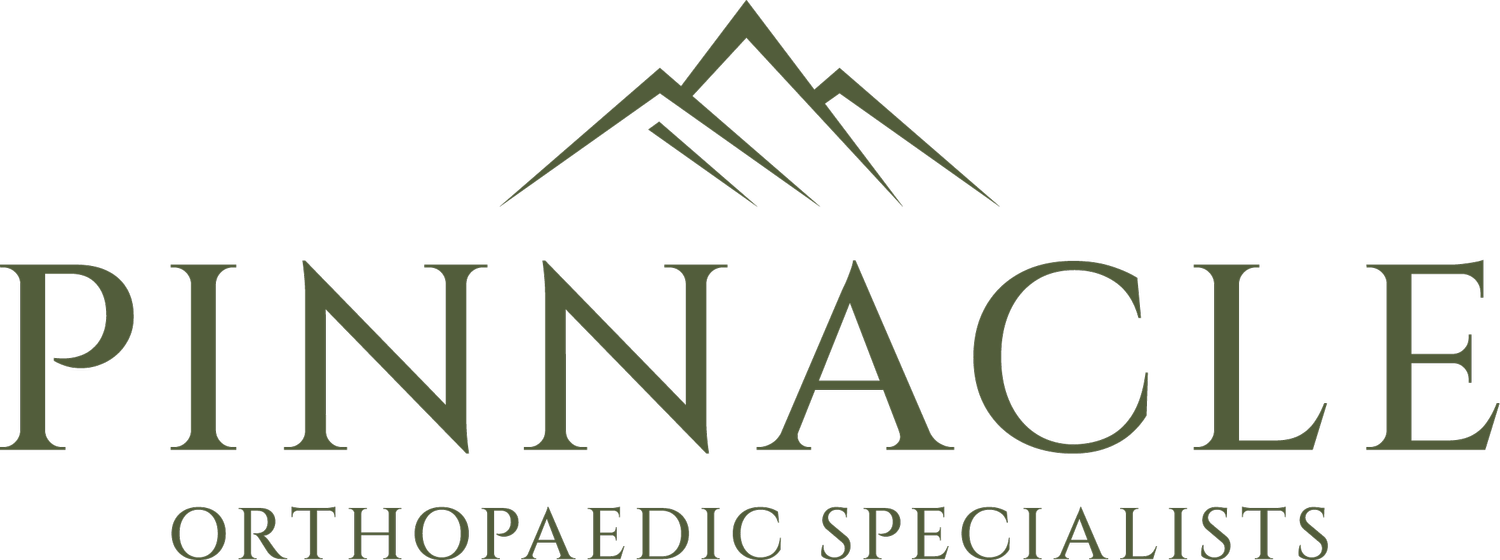What is an Osteotomy?
An osteotomy is a surgical procedure that involves cutting and reshaping a bone to change the way force is transmitted across a joint. In the knee, this is often used to treat osteoarthritis affecting only one side of the joint. By realigning the limb, osteotomy shifts the load away from the worn side of the knee to a healthier area, reducing pain and preserving the natural joint.
The two most common types of knee osteotomy are:
High Tibial Osteotomy (HTO) – performed on the shin bone (tibia)
Distal Femoral Osteotomy (DFO) – performed on the thigh bone (femur)
HTO is far more common and typically used to offload the medial (inner) side of the knee.
Who is Osteotomy For?
Osteotomy is not suitable for every patient with knee arthritis. It is typically recommended for:
Patients under 60 years of age
Individuals with arthritis affecting only one side of the knee
People with good range of movement and knee stability
Lean patients (BMI < 30) for optimal results
Non-smokers (Dr Miller does not perform osteotomies on smokers due to high risk of complications)
It is not recommended if:
Both sides of the knee are affected
There is inflammatory arthritis (e.g., rheumatoid arthritis)
There is no malalignment (the procedure is a realignment surgery)
There is already significant stiffness or loss of range of motion
How It Works
Osteotomy repositions the weight-bearing axis of the leg. This can be done by either:
Opening wedge osteotomy – a cut is made near the knee and a wedge is opened, lengthening one side of the bone. The correction is held in place with a titanium plate.
Closing wedge osteotomy – a wedge of bone is removed, and the cut ends are compressed to correct the alignment.
Both techniques are effective. Choice depends on factors such as limb length, cruciate ligament status, and individual anatomy. Dr Miller uses custom 3D-printed surgical guides for precision.
Preparing for Surgery
Osteotomy is a major procedure and preparation is important:
BMI must be < 30. Weight loss may be needed beforehand.
Blood sugar control is critical for diabetic patients.
Smoking must cease well in advance of surgery.
Staph decolonisation protocols are required to reduce infection risk.
The skin must be intact and free from any cuts or bites.
The Surgery
Performed with enhanced recovery techniques
Includes arthroscopy to confirm joint suitability
Uses patient-specific tools to ensure precise correction
Fixation with a titanium plate
Recovery After Surgery
An osteotomy is essentially a controlled fracture. The healing process mimics that of a broken bone:
Rest, elevation, cryotherapy (RE3 Cryosleeve) and restricted weight-bearing are key.
Some weight can be taken immediately, but full weight-bearing usually resumes by 6 weeks.
Crutches are required; physiotherapy starts on day one.
Discharge typically occurs within 24–48 hours.
A post-op review and suture removal occur at 1–2 weeks.
Full recovery takes approximately 4–6 months.
Risks & Complications
All surgery carries risks. For osteotomy, these include:
Infection – managed with antibiotics or surgery if deep
Blood clots – preventative measures include mobility and blood thinners
Nerve or vessel injury – rare, but precautions are taken
Non-union – more common in smokers; may require further surgery
Numbness – often temporary
Cosmetic Considerations
Osteotomy changes the shape of the limb. Bowed legs may be made straighter or slightly knock-kneed. Opening wedge osteotomy can lengthen the leg slightly. It takes time—usually several months—for the brain to adjust to the change in alignment and limb feel.
The goal is not perfect symmetry, but biomechanical optimisation to reduce pain and preserve the knee joint.
Long-Term Outcomes
Osteotomy can delay or prevent the need for a total knee replacement in the right patient. Some will eventually require a knee replacement later in life—but converting a well-healed osteotomy to a knee replacement is much easier and more effective than revising a failed knee replacement.
For the right patient, osteotomy offers a durable, joint-preserving solution that restores function and reduces pain without sacrificing the natural knee.
